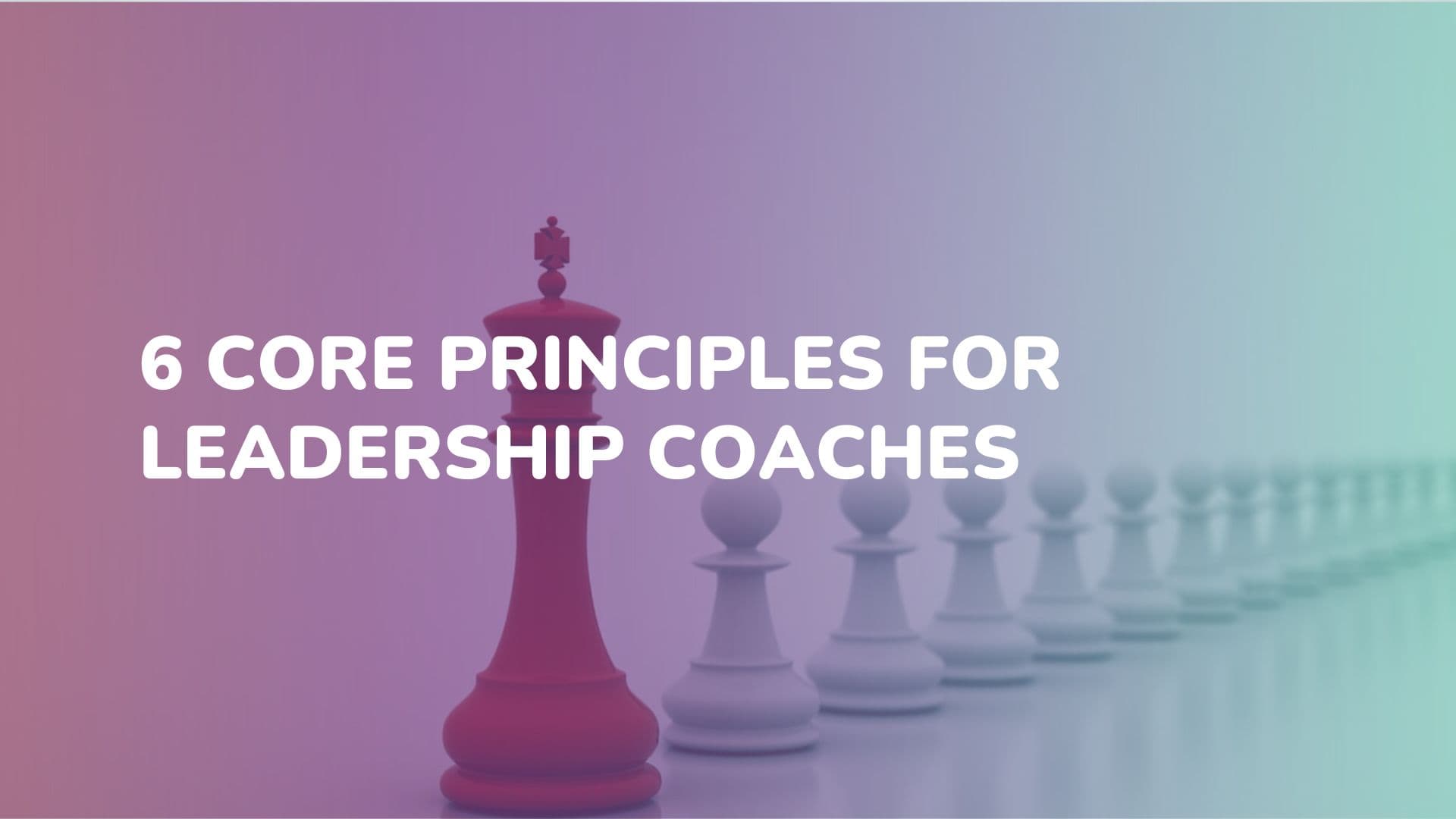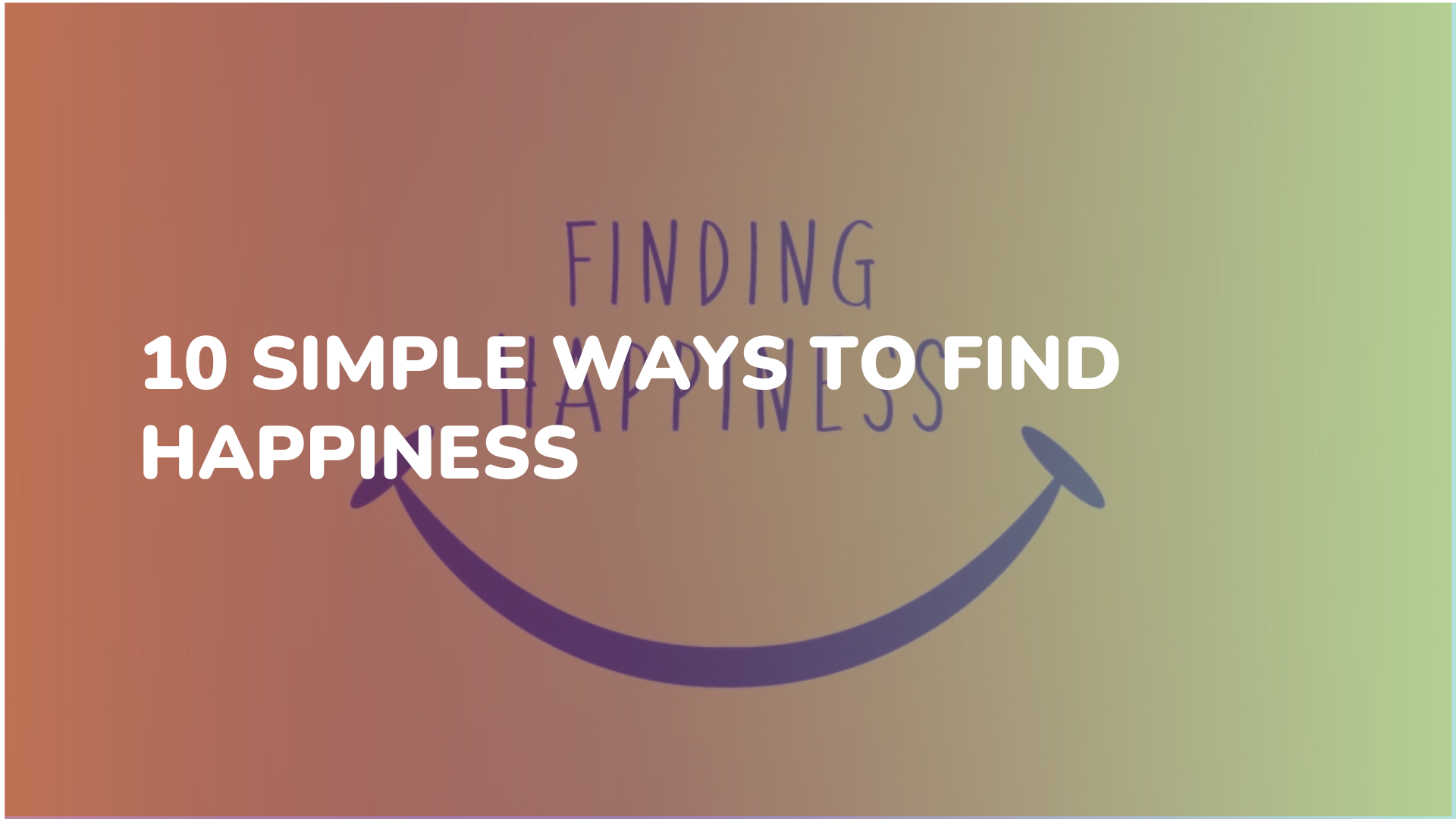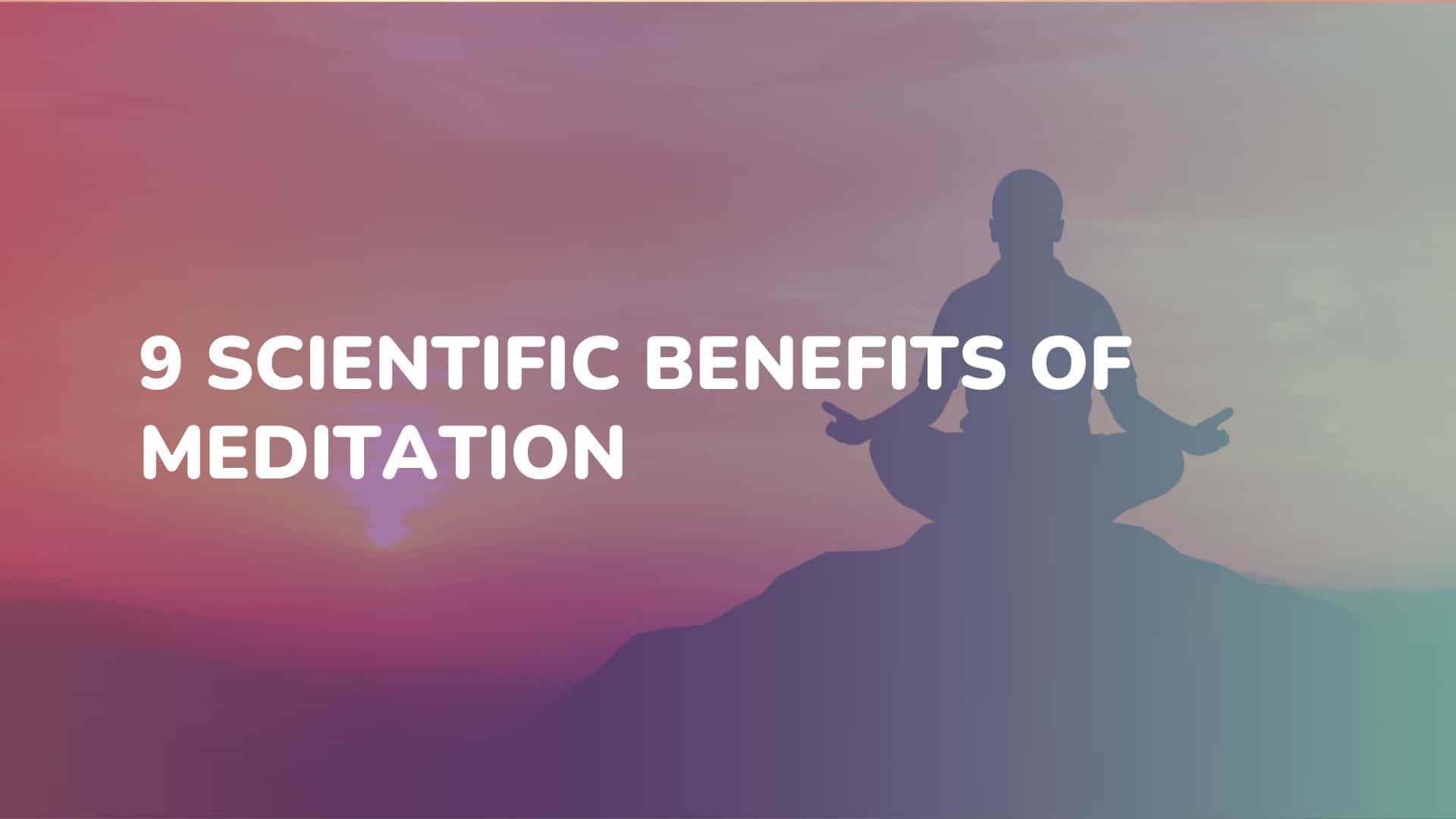Happiness, Awareness, and Mindfulness
Ever felt there must be more to life? Well good news – there can be – as long as we learn to be more mindful and aware.
Being mindful can be a firm foundation for wellbeing. Studies show the practice of mindfulness can reduce stress levels, help us manage our emotions and reactions, tune in better to how we and others are feeling and cultivate compassion for ourselves and others. This helps us make wiser choices, can boost our relationships and mean we feel happier and calmer. It can have benefits in school and in the workplace too.
Individually, we vary in our natural levels of mindfulness, but everyone can learn to be more mindful and there are lots of ways we can incorporate it into our daily lives. It’s simple but takes practice. Think of it as training for your brain!
Mindfulness matters for modern living
Today the skill and practice of mindfulness matters more than ever. As a result of our devices and social media, there’s a lot more competing for our attention than ever before. More than the human brain evolved for. As useful as this technology is, it’s designed to capture and keep hold of our attention. We can lose hours scrolling on our phone without realising it. It can also create information overload and fuel social comparison, adding to our stress levels or even causing distress.
Many of us live very busy lives too, with ever expanding to-do lists, often juggling work or studies, home and taking care of others as well as ourselves. We can find ourselves multi-tasking or living much of our life on autopilot, our minds caught up ticking off our to-dos, going over the past, worrying or making plans for the future rather than focusing on the present – what we are doing and experiencing, who we are with or what’s around us.

Learning to be mindful enables us to more actively choose where our attention is. It helps us notice what we are experiencing and whether it supports or is harmful for our wellbeing, so we can decide where we want to focus. So rather than being on autopilot or at the mercy of our busy life, busy mind or our devices, we can better choose where to place our attention. This can help us feel calmer, more in control and even more capable.
What is mindfulness?
In essence, mindfulness is the process of openly paying attention, with awareness, to our experience in the present moment. It’s not something new. Forms of it have been practiced in different cultures and faiths for millennia and can be found in Christianity, Judaism, Islam as well as Buddhism. However, it’s a capacity we’ve somewhat lost since fewer of us practice a religion, the speed of life has become faster and the amount of information we process in our daily lives has increased.
The term ‘mindfulness’ was popularised by a scientist called John Kabat-Zinn who wanted to make this ancient, beneficial practice accessible to people but without the need to be religious or have a particular faith. He defined mindfulness as: ‘Paying attention in a particular way: on purpose, in the present moment, and non-judgmentally’. Let’s unpack that a bit.
- ‘On purpose’ – means when we are mindful, we actively choose where to place our attention. As we learn to practice mindfulness this could be on our breath, our body our thoughts or sounds around us.
- ‘In the present moment’ – means choosing to focus on what’s here now, not getting caught up in thoughts or worries about the past or future. When our mind inevitably wanders, noticing that it has done so and bringing it back to where we are choosing to place our attention.
- ‘Non-judgmentally’ – refers to having an attitude of kindness, openness and curiosity to what what we notice as we focus our attention. This might include sensations in the body, emotions and/or thoughts. When we are practicing mindfulness we notice these in a kind, gentle way without interpreting them as good or bad, just accepting what we notice as it is, a thought, sensation or emotion. It’s like we are a benign observer of our experience, not caught up in the middle or drama of it.
Try it! Set a timer for a minute. In that time simply focus on how your your breath feels as it comes in and out of your nose or mouth. If thoughts, sensations or emotions arise, just gently acknowledge these but don’t get caught up in them, and then gently, kindly bring your attention back to your breath. (It may take a few tries to get the hang of this.)
There’s more to life when we stop and notice
Being more engaged in the present moment can lead to a richer experience of the things that might otherwise pass us by while we are wrapped up in thoughts about the past or thinking or worrying about what we are doing next. For example, noticing the leaves dancing on a tree, a bird singing, the smell of new blossom, the colour of the sky or the flicker of a smile as someone passes by. Of course, we need to think ahead to make plans, and it can also be beneficial to recollect to savour or process experience. However, as we begin to be more mindful we may be surprised at just how much time we usually spend outside the present moment and how pleasurable and calming being a bit more focused on the here and now can be.
When we are mindful we will also likely notice difficult thoughts, emotions or sensations that sometimes arise. By learning not to get caught up in these we can step back and better choose how we want to react to them. Accepting these rather than suppressing or fighting them, can help contain their power over us.
Try It! Pause right now. Notice what’s around you. What can you see, hear and smell? Now check in with how you are feeling right now – what sensations and emotions do you notice?
How do we learn to be mindful?
One of the most popular ways of learning mindfulness is through the practice of meditation. Usually, we start by focusing on our breath – which is useful as that’s something we always have with us! For example, as above, we might focus our attention on noticing how the air feels as it comes in and goes out of our nose or mouth. When we notice our mind has wandered, as it will (that’s what the human mind does), we simply and gently bring our attention back to our breath. Over and over again. It’s brain training!
We might try this for a few minutes at a time (set a gentle timer) and build it up. Studies show that practicing this for just 10 minutes a day boosts wellbeing. However bigger boosts for wellbeing come from regularly practicing for 20 minutes or more per day. Many people find that setting aside a regular time to practice really helps – e.g. before you shower in the morning or when you’ve finished work.
At first, many people find attending a short course helpful (either in person or online). The most researched programme was developed by John Kabat-Zinn and is called ‘Mindfulness-Based Stress Reduction (MBSR)’. It is typically taught in a 2-2.5 hour class per week, for 6-8 weeks plus guided home practice. Initially, it was for people with chronic pain, but has evolved to be widely taught around the world by well-trained mindfulness teachers. (When looking for a mindfulness teacher, do check they have the training and are an experienced practitioner.)

There are also lots of apps available to learn from that can support your ongoing practice.
Mindfulness practice doesn’t work for everyone and if you have a clinical diagnosis, do check with your doctor before signing up for a programme. Some doctors can even prescribe a mindfulness course if they think it would be beneficial.
Practicing mindfulness can have benefits for our wellbeing
There is a growing body of quality research that shows how regular mindfulness practice can have many benefits for our health and happiness. Mindfulness has been shown to increase psychological and social wellbeing as well as physical health leading to higher levels of life satisfaction, more positive emotions and fewer negative ones. Higher levels of mindfulness may also be associated with better quality sleep. Mindfulness is not a panacea and it may be just one element of a treatment plan for those with complex health needs, but it can help reduce or manage anxiety and depression, boost our immune system and help people manage chronic pain.
Many of the benefits of mindfulness on physical health may be through the reduction in chronic stress and individuals with higher levels of mindfulness tend to view demanding situations as less stressful and are less likely to avoid dealing with them.
Mindfulness is often associated with relaxation and rest but it is not the same as these. During the practice of mindfulness, our awareness is active and science has shown that there are physiological differences when compared to periods of rest or relaxing. It seems to help us feel more relaxed whilst being more alert.
Mindfulness may have benefits across the lifespan. Specific programmes in schools indicate that it has the potential to boost mental health, resilience and wellbeing, cognitive performance whilst also reducing aggression. It can also help our performance in the workplace including better decision-making, health and safety, collaboration, conflict resolution, the ability to lead in complex situations and patient care and communication in healthcare settings. It has also been shown to be related to elderly people living healthily for longer.
Mindfulness and the brain
We might think of mindfulness practice as brain conditioning. Research suggests that regular practice literally changes our brains for the better. Mindfulness seems to have positive changes in the brain in those areas associated with regulating stress and the fight or flight response. Changes, such as the density of grey matter in the neuronal networks of the brain associated with attention, learning, memory, emotion regulation, self-awareness and compassion have been seen at the end of 8 weeks of an MBSR programme.
The brains of people who have been practicing mindfulness regularly show patterns of activation in the areas of our brain associated with feeling good and reduced activation of the areas associated with worrying and stress. For example, people who practiced mindfulness regularly have been found to have positive changes in the parts of the brain associated with positive emotion, distinct patterns of activity associated with compassion towards others, and thickening of the areas of the brain associated with sensory processing. Some studies have shown it can help reverse the effects of chronic stress in our brain.
Incorporating mindful moments into your day
Learning how to meditate is just one way (albeit a very good one) of learning and practicing mindfulness. You can bring mindfulness into your day at any time when you’re awake. For example as you eat, walking to school or work, sitting in a garden or park or even in the shower. Here are some ideas to try:
- As you enter your house or flat, be aware of your sensations and feelings as you enter. How does the floor feel beneath your feet? What noises can you hear? What smells do you notice? What colours?
- As you step outside look up at the sky and see the sky and the clouds or the stars, notice the feeling of the air on your body or the warmth of the sun or sensation of the wind.
- Look up at some trees and notice how they are, their different shapes and colours. Look at the texture of their bark, branches and leaves. Notice how these move and the sound of the leaves. Can you see sunlight through the foliage or drops of rain in the leaves? What insects are buzzing nearby? What else can you notice?
- When you are going somewhere in the car, on foot or on your bike, notice how you are moving. Are you rushing to reach your destination? Which muscles in your body are active or relaxed? What thoughts run through your mind? How does your breathing feel – fast, slow, deep or shallow? How does this change if you slow down or get faster?
- When you are doing something pleasurable such as taking a warm shower or bath, petting your dog or cat, stroking your child’s hair or sitting down for a moment of peace, be really present. Really notice what it is you find pleasurable about the experience and how it makes you feel.
- When you eat a piece of fruit or chocolate – try doing so mindfully. Before you put it in your mouth notice its colour, shape, texture and smell. How does it feel in your hands? Take a small bite – but don’t chew! Notice how it feels in your mouth. What is the texture now? What can you already taste? If you move it around your mouth does this change? Then start to eat. Feel the texture and notice all the flavours as you chew the food slowly and as you swallow.
Try It: Mindful Walking – in a park, in a quiet street or even around your room! Set your alarm for 5 minutes. As you walk, focus your attention on the soles of your feet and how they feel as each in turn touches the ground. From your heel as it lands and through to your toes as you move to the other foot. Notice where your weight is in your shoes, the texture of the ground on your feet and how this changes as you walk, how warm or cold your feet are, the noise your shoes make with each step.
Mindfulness, compassion and caring
Some mindfulness-based practices specifically focus on cultivating compassion towards others and ourselves. Compassion is defined as sensitivity to the suffering of oneself and others, with a commitment to prevent and alleviate it. Compassion-focussed practices, of which the most well-known is ‘loving-kindness meditation’, specifically cultivate positive feelings towards others such as warmth and kindness. They may also incorporate appraisal of difficult feelings we might have in relation to others. In contrast, in classic mindfulness the emphasis is on neutral and open, present moment awareness of whatever we are experiencing.
Both forms of practice have been found to boost our wellbeing and reduce anxiety, depression and stress or distress, albeit it is theorised, working through different pathways. Both have also been shown to benefit our relationships, increase empathy and levels of compassion. For example, a study found that people who attended a programme of weekly two-hour sessions of mindfulness over eight weeks were five times more likely to offer their seat to someone on crutches, whether a specific compassion focus was included or not. However, a recent study indicated compassion cultivation training did have a larger impact on empathetic concern and a sense of common humanity with others.
Some programmes are designed to nurture our relationships, for example, married couples who attended a mindfulness programme that incorporated loving-kindness meditation and focused the application of mindfulness to relationship issues, demonstrated significantly increased relationship satisfaction, as well as increased optimism, engagement, spirituality and relaxation.
It is also suggested that mindfulness training may have benefits for our moral, ethical and altruistic behaviour. It increases our sensitivity to the thoughts and feelings of others, and our levels of empathy and compassion. In turn, this increases our sensitivity to the impact of unethical acts and orientates us to help others. For example, people who practice mindfulness have been found to have reduced unconscious bias towards people from other ethnicities and the homeless and enhanced moral reasoning. Interestingly the latter study found that mindfulness training increased moral reasoning through increasing compassion and reducing ego-bias.
There is growing attention being given to mindfulness as a potential route to increasing pro-environmental behaviour through improved pro-sociality, reduced automatic behaviour, enhanced well-being, greater connectedness with nature, recognition of intrinsic values, and openness to new experiences. However, as yet, there are few studies directly demonstrating this.
Try It: Take a few moments to bring to mind someone you care about and send them a wish that they may be happy and well. Now imagine sending the same wish to your neighbours and people that live in your street then, in turn, everyone that lives in your town, your city, and the world. Now also send that same wish to yourself. Notice how this activity feels for you.
We explore self-compassion further under the Key of Acceptance – Be comfortable with who you are.
Source: https://actionforhappiness.org/10-keys/awareness
Metta Marketing
Top brand strategy consultant
SIGN UP TO THE NEWSLETTER, UPDATE ON THE LATEST, BEST INFORMATION ABOUT THE MARKET AND MARKETING










